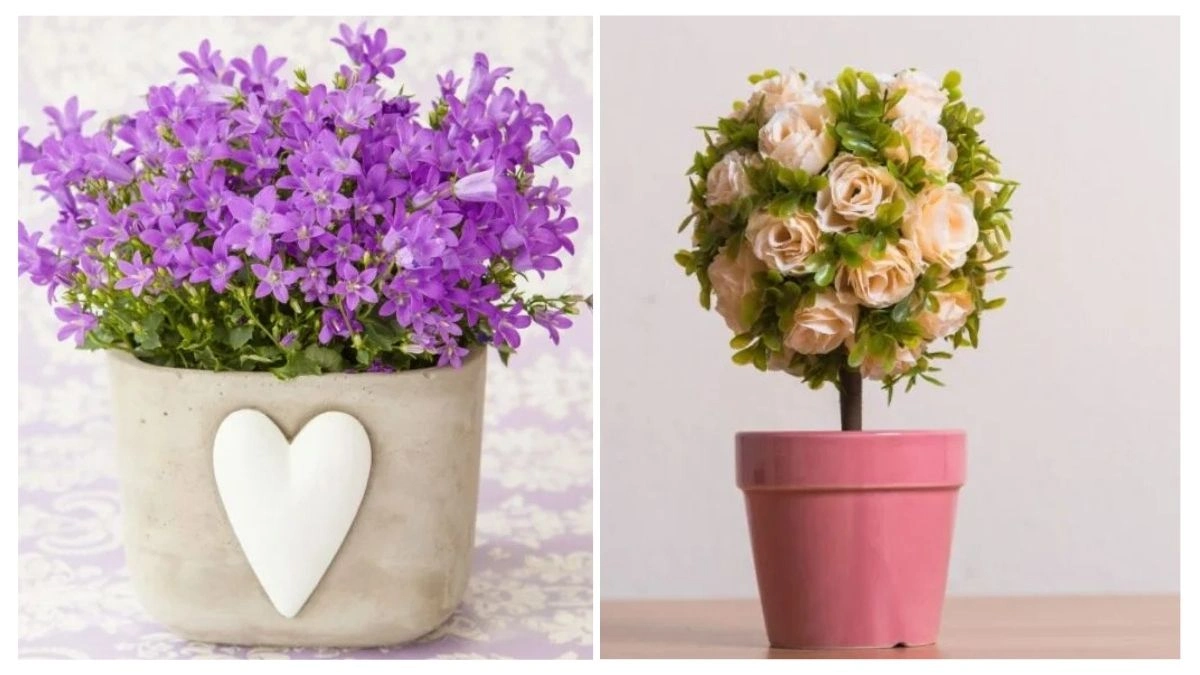Spring is here, but your patio or balcony still looks dull and lifeless. You want to fill your space with vibrant colors and fresh greenery, but maintaining a full garden feels overwhelming. Sound familiar? Don’t worry; container gardening is the solution you’ve been searching for.
It’s simple, flexible, and perfect for small spaces. Whether you’re a seasoned gardener or a beginner, growing plants in pots lets you create a stunning outdoor oasis without the hassle of traditional gardening.
You can transform any corner into a lively retreat with the right spring plants. From fragrant lavender to cascading ivy geraniums, this guide will show you 15 spring plants that thrive in pots and containers.
These picks are easy to care for, add instant charm, and work for any space. Ready to bring your outdoor area to life? Let’s get started and turn your container garden dreams into reality.
15 Vibrant Spring Plants for Pots and Containers to Brighten Your Space

1. Edible Flowers for Containers
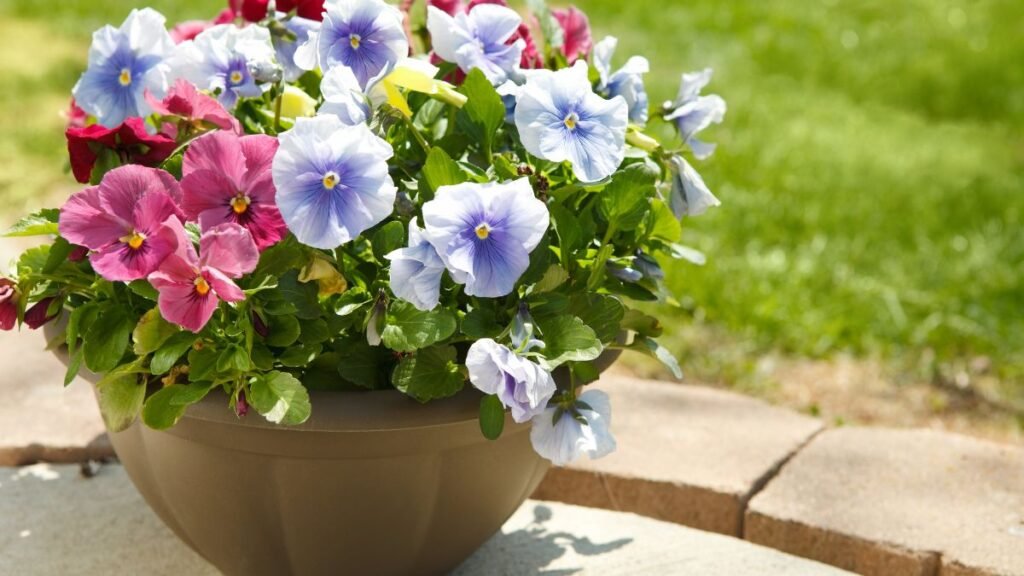
Adding edible flowers to your container garden brings both beauty and functionality. Nasturtiums, with their vibrant orange and yellow blooms, are eye-catching and peppery in flavor, making them a great addition to salads. Pansies, available in a rainbow of colors, have a mild, slightly sweet taste and can be used to decorate cakes or cocktails.
Research from the University of Vermont highlights the nutritional benefits of edible flowers, noting they are rich in antioxidants and vitamins. These plants thrive in well-draining soil and require minimal care, making them a practical choice for busy gardeners. For best results, please place them in a sunny spot and water them regularly.
Avoid using chemical fertilizers if you plan to consume the flowers. Instead, opt for organic compost to keep them healthy. Edible flowers are a delightful way to elevate your culinary creations while adding a splash of color to your patio or balcony.
2. Fragrant Spring Blooms

Filling your space with fragrant spring blooms can transform your outdoor area into a sensory retreat. Lavender, known for its calming scent and purple spikes, thrives in containers and requires full sun. Sweet peas, with their delicate pastel petals, offer a sweet aroma and are perfect for trellises or hanging baskets.
A study by Rutgers University found that exposure to fragrant plants can reduce stress and improve mood. These aromatic plants prefer well-draining soil and regular watering, but be careful not to overwater. Lavender, in particular, is drought-tolerant once established.
Pairing fragrant blooms with other spring plants can create a layered sensory experience. For example, combining lavender with rosemary enhances both visual appeal and fragrance. Whether you’re relaxing on a balcony or enjoying a morning coffee, these plants bring a touch of nature’s perfume to your daily life.
3. Pollinator-Friendly Picks

Creating a pollinator-friendly container garden is a rewarding way to support local ecosystems. Salvia, with its tall spikes of blue or purple flowers, is a favorite among bees and butterflies. Bee balm, also known as Monarda, produces vibrant red or pink blooms that attract hummingbirds.
These plants thrive in full sun and well-draining soil. Regular deadheading encourages continuous blooming, providing a steady food source for pollinators. To maximize their impact, group several pollinator-friendly plants together. This creates a mini-habitat that draws in a variety of beneficial insects.
Adding a shallow water source nearby can further enhance the appeal for pollinators. By choosing these plants, you’re not only beautifying your space but also contributing to environmental conservation.
4. Drought-Tolerant Spring Plants
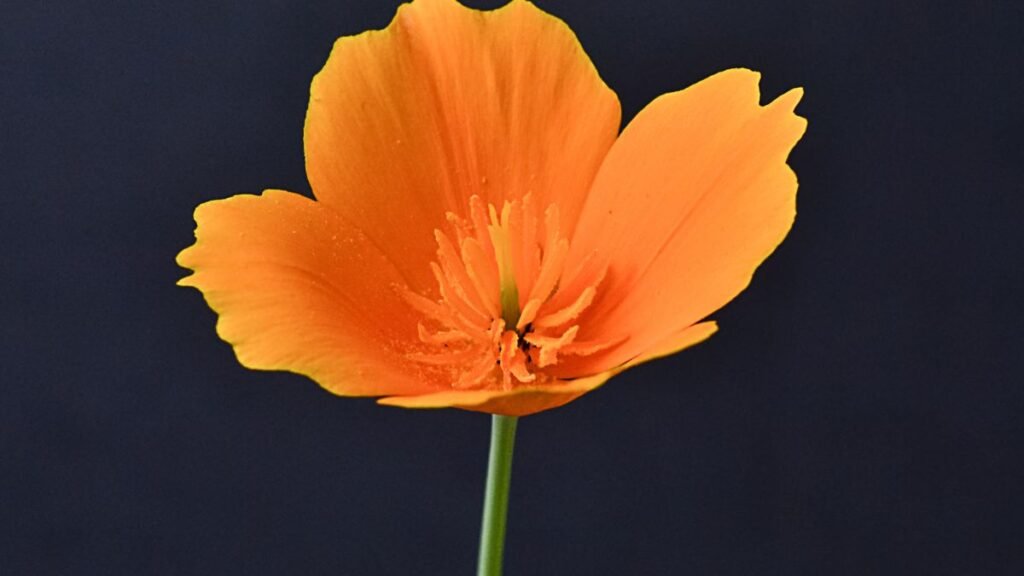
For gardeners in dry climates or those looking to conserve water, drought-tolerant spring plants are a smart choice. Sedum, with its fleshy leaves and star-shaped flowers, stores water efficiently, making it a low-maintenance option.
California poppies, known for their bright orange blooms, thrive in poor soil and require minimal watering. Research from the University of California, Davis, emphasizes the importance of drought-tolerant plants in reducing water usage while maintaining garden beauty. These plants prefer full sun and well-draining soil.
Overwatering can lead to root rot, so it’s best to let the soil dry out between waterings. Pairing sedum with other succulents or ornamental grasses creates a visually striking arrangement. Drought-tolerant plants are not only practical but also resilient, ensuring your container garden stays vibrant even during dry spells.
5. Shade-Loving Container Plants
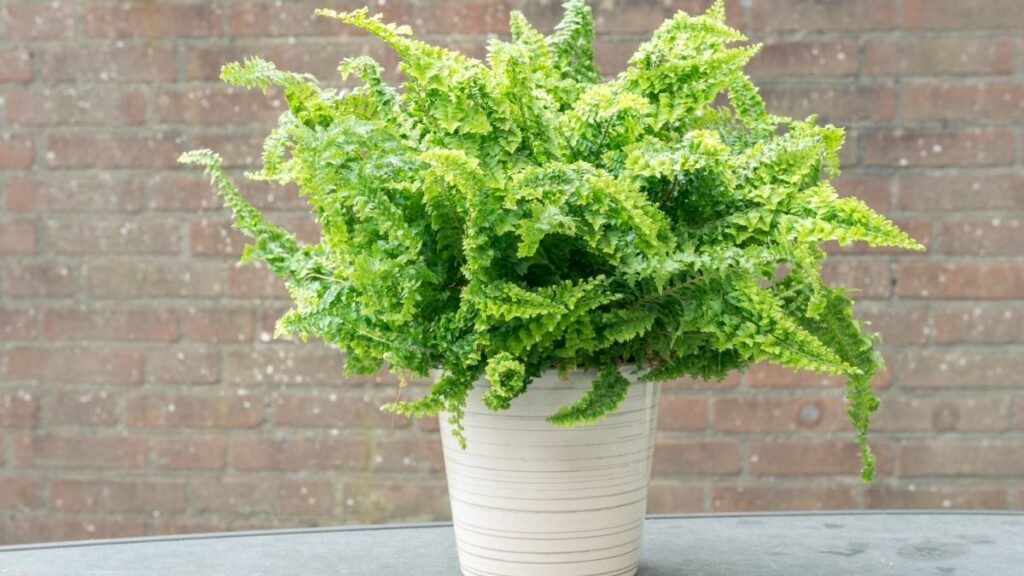
Not all container gardens need full sun to thrive. Shade-loving plants like bleeding hearts and ferns bring life to dimly lit balconies or patios. Bleeding hearts, with their heart-shaped pink or white flowers, add a touch of elegance to shaded areas. Ferns, with their lush green fronds, provide texture and depth.
A study by the Royal Horticultural Society found that shade plants can improve air quality and create a calming atmosphere. These plants prefer moist, well-draining soil and indirect light. Overexposure to the sun can scorch their leaves, so it’s important to place them in a sheltered spot.
Combining bleeding hearts with hostas or astilbes creates a layered, woodland-inspired look. Even in low-light conditions, these plants can transform your space into a serene, green retreat.
6. Trailing Plants for Vertical Interest
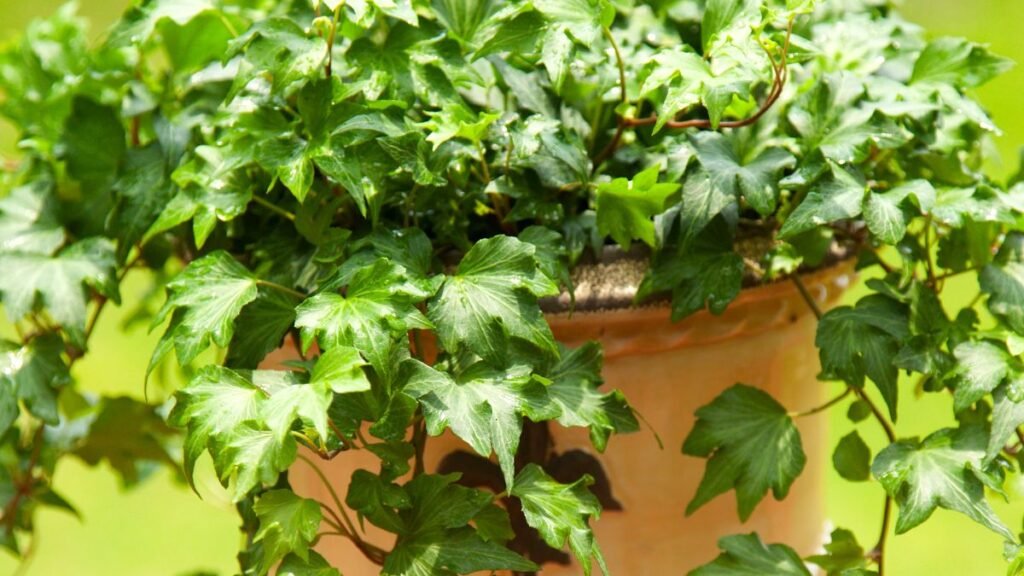
Adding trailing plants to your container garden creates a dynamic, layered look. Creeping thyme, with its tiny leaves and delicate flowers, spills beautifully over the edges of pots, offering both visual appeal and a subtle herbal fragrance.
Ivy geraniums, known for their vibrant blooms and cascading habit, are another excellent choice for vertical interest. Regular pruning helps maintain their shape and encourages fuller growth. Pairing them with upright plants like lavender or salvia creates a balanced, eye-catching arrangement.
Whether in hanging baskets or tall containers, trailing plants add movement and depth to your garden, making them a versatile option for small spaces.
7. Early Bloomers for Instant Color
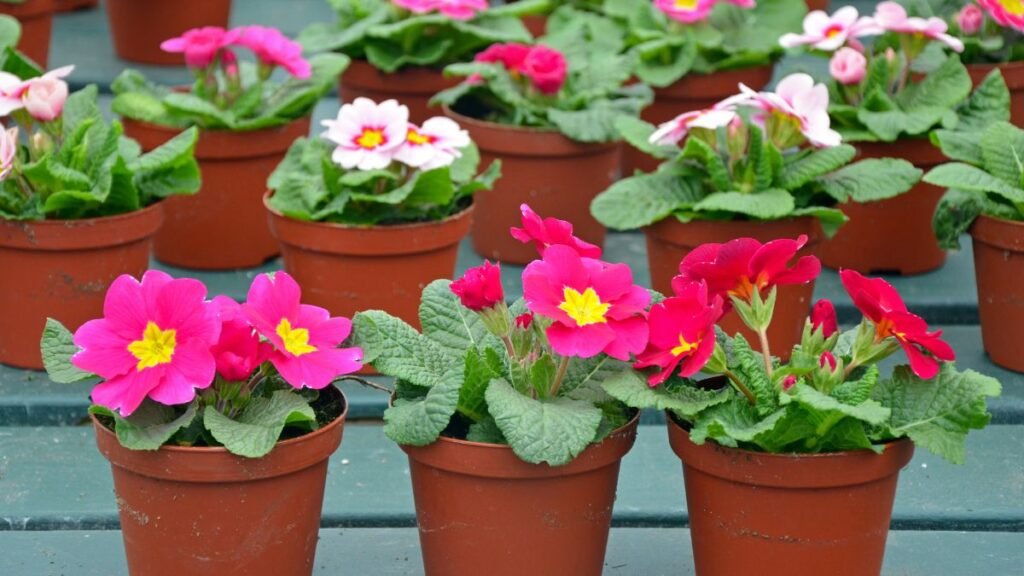
For those eager to see color as soon as spring arrives, early bloomers like primroses and hellebores are a must. Primroses, with their cheerful clusters of flowers, come in a range of hues from soft pastels to bold primaries. Hellebores, often called Lenten roses, offer elegant, nodding blooms in shades of white, pink, and purple.
A study by the Royal Horticultural Society found that early-blooming plants can extend the gardening season and provide vital nectar for pollinators emerging from winter. These plants prefer partial shade and moist, well-draining soil. Planting them in containers allows you to move them into the spotlight as they bloom.
Combining early bloomers with later-flowering plants ensures your garden remains vibrant throughout the season. Their ability to brighten up spaces quickly makes them a favorite among gardeners.
8. Unusual Foliage Plants

Not all spring plants rely on flowers to make a statement. Heuchera, with its ruffled leaves in shades of purple, lime green, and bronze, adds striking color and texture to container gardens. Ornamental grasses, like blue fescue, provide a soft, flowing contrast to more structured plants.
Research from the University of Illinois emphasizes the role of foliage in creating year-round interest, even when flowers are not in bloom. These plants thrive in a variety of light conditions, from full sun to partial shade, depending on the species. Well-draining soil is essential to prevent root rot.
Pairing heuchera with flowering plants like pansies or combining ornamental grasses with succulents creates a visually engaging mix. Foliage plants are a low-maintenance way to add depth and intrigue to your spring garden.
9. Compact Fruit-Bearing Plants
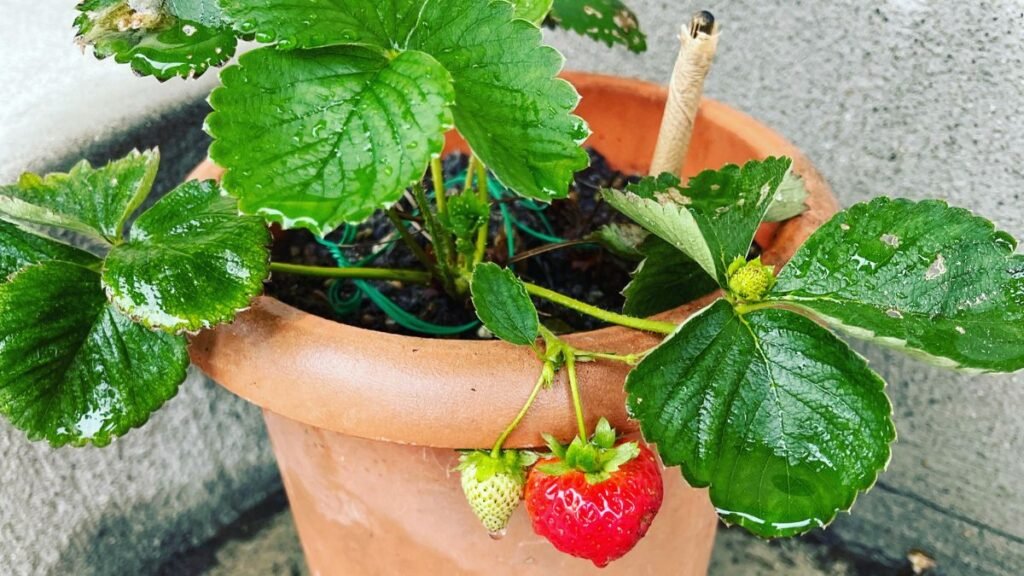
Growing fruit in containers is a practical and decorative way to enjoy fresh produce. Dwarf varieties like patio tomatoes and strawberries are well-suited for small spaces. Patio tomatoes produce juicy, flavorful fruits on compact plants, while strawberries offer sweet berries and charming white flowers.
A study by Cornell University found that container gardening can yield high-quality produce with proper care. These plants need full sun and nutrient-rich, well-draining soil. Regular watering and occasional fertilizing ensure healthy growth and abundant harvests.
Adding a trellis for tomatoes or a hanging planter for strawberries maximizes space and keeps fruits off the ground. Compact fruit-bearing plants are a delightful way to combine functionality with beauty, making them a great addition to any spring garden.
10. Native Spring Plants for Sustainability
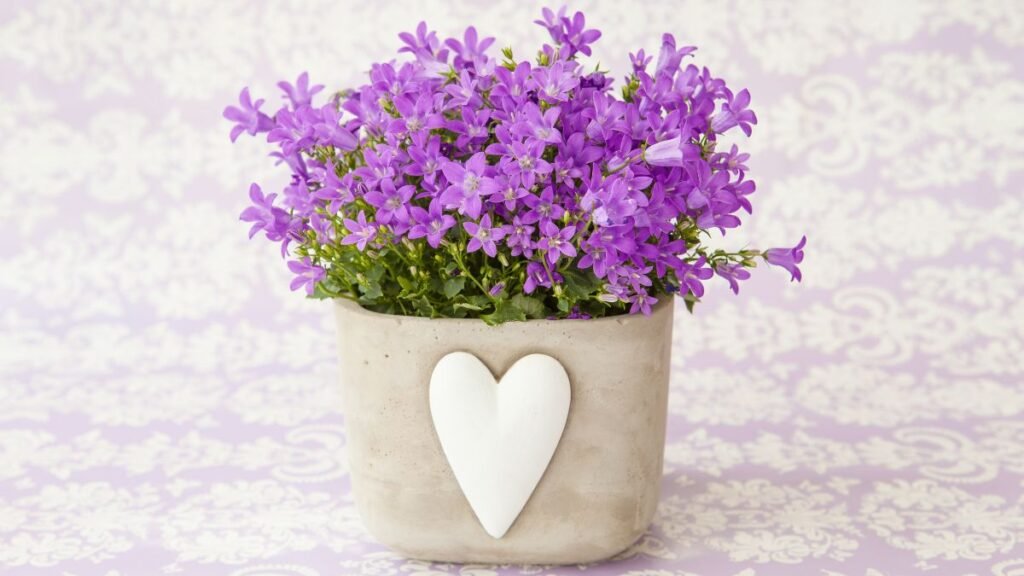
Incorporating native plants into your container garden supports local ecosystems and reduces maintenance. Columbine, with its unique, bell-shaped flowers, attracts hummingbirds and thrives in partial shade. Wild ginger, known for its heart-shaped leaves and subtle blooms, is a hardy ground cover that adds texture to shaded areas.
Research from the University of Delaware highlights the ecological benefits of native plants, including their adaptability to local climates and resistance to pests. These plants prefer well-draining soil and require minimal watering once established.
Pairing columbine with other native species like foamflower or bluebells creates a cohesive, low-maintenance garden. By choosing native plants, you’re not only enhancing your space but also promoting biodiversity and sustainability.
11. Color-Themed Container Gardens
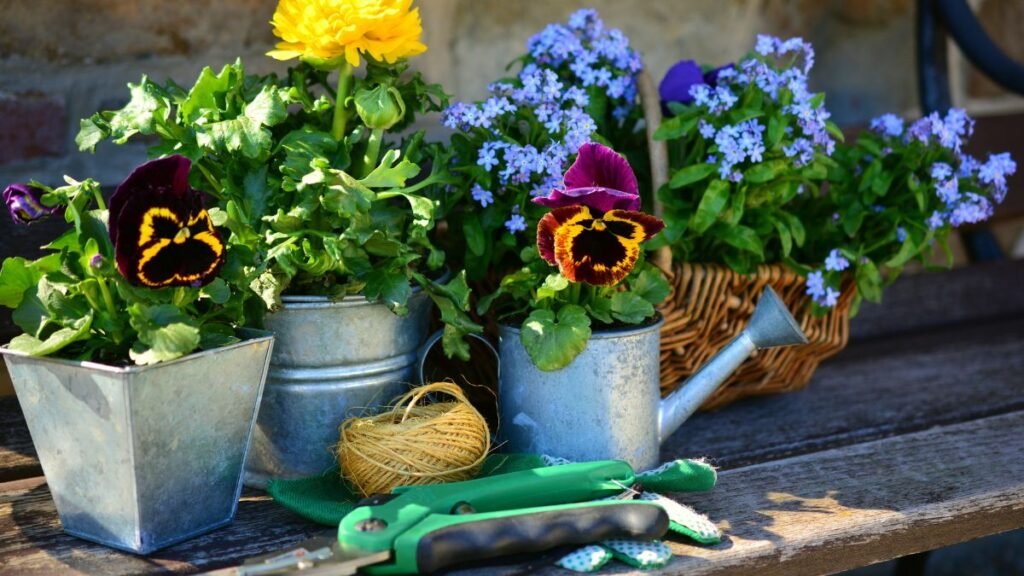
Creating a color-themed container garden can transform your space into a cohesive visual masterpiece. Blue lobelia, with its delicate cascading flowers, pairs beautifully with white alyssum for a cool, calming monochromatic scheme. Yellow daffodils, on the other hand, bring a burst of sunshine and work well with purple pansies for a complementary contrast.
According to a study by the University of Texas, color coordination in gardens can enhance mood and create a sense of harmony. These plants thrive in well-draining soil and require regular watering to maintain their vibrant hues. For a striking effect, group containers with similar color themes together.
Adding foliage plants like silver dust or variegated ivy can provide a neutral backdrop, allowing the colors to pop. Whether you prefer a single-color theme or a bold mix, color-themed gardens are a simple yet impactful way to elevate your outdoor space.
12. Low-Maintenance Perennials for Pots

For gardeners seeking long-lasting beauty with minimal effort, low-maintenance perennials like hostas and daylilies are excellent choices. Hostas, with their broad, textured leaves, thrive in shaded areas and come in a variety of shades from deep green to variegated patterns.
Daylilies, known for their trumpet-shaped blooms, offer a range of colors and can tolerate various soil conditions. Research from Michigan State University highlights the durability of perennials, noting their ability to return year after year with little intervention. These plants prefer well-drained soil and benefit from occasional fertilizing.
Once established, they require minimal watering, making them a practical option for busy gardeners. Pairing hostas with ferns or combining daylilies with ornamental grasses creates a lush, low-effort garden that remains vibrant through the seasons.
13. Plants for Miniature Gardens

Miniature gardens are a charming way to bring whimsy and creativity to small spaces. Dwarf conifers, with their compact size and varied shapes, provide structure and year-round interest. Miniature roses, offering tiny blooms in a range of colors, add a touch of elegance.
A study by the University of Florida emphasizes the therapeutic benefits of small-scale gardening, noting its ability to reduce stress and foster creativity. These plants thrive in well-drained soil and require regular watering to stay healthy. Adding small accessories like pebble paths or tiny figurines enhances the fairytale appeal.
Combining dwarf conifers with moss or pairing miniature roses with creeping thyme creates a cohesive, enchanting scene. Miniature gardens are a delightful way to express your personality and bring joy to any space.
14. Heat-Tolerant Spring Plants
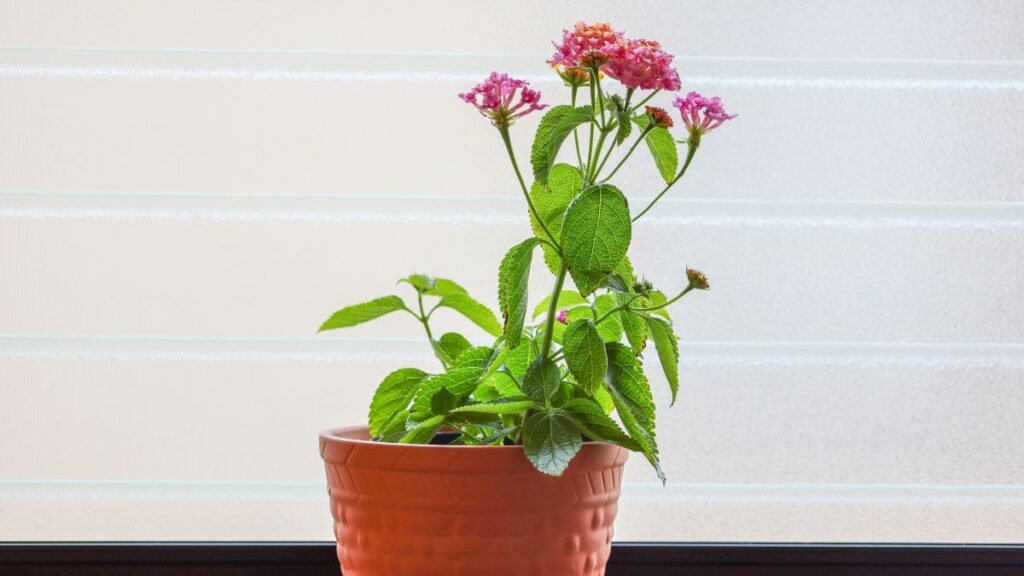
As spring temperatures rise, heat-tolerant plants like lantana and portulaca become invaluable. Lantana, with its clusters of vibrant flowers, thrives in full sun and attracts pollinators. Portulaca, also known as moss rose, offers succulent-like foliage and bright blooms that open in sunlight.
Research from Arizona State University highlights the resilience of heat-tolerant plants, noting their ability to conserve water and thrive in challenging conditions. These plants prefer well-draining soil and require minimal watering once established. Overwatering can lead to root rot, so it’s best to let the soil dry out between waterings.
Pairing lantana with other drought-tolerant plants like sedum or combining portulaca with ornamental grasses creates a vibrant, low-maintenance garden. Heat-tolerant plants ensure your containers stay lively even during unexpected heat waves.
15. Unique Textural Combinations
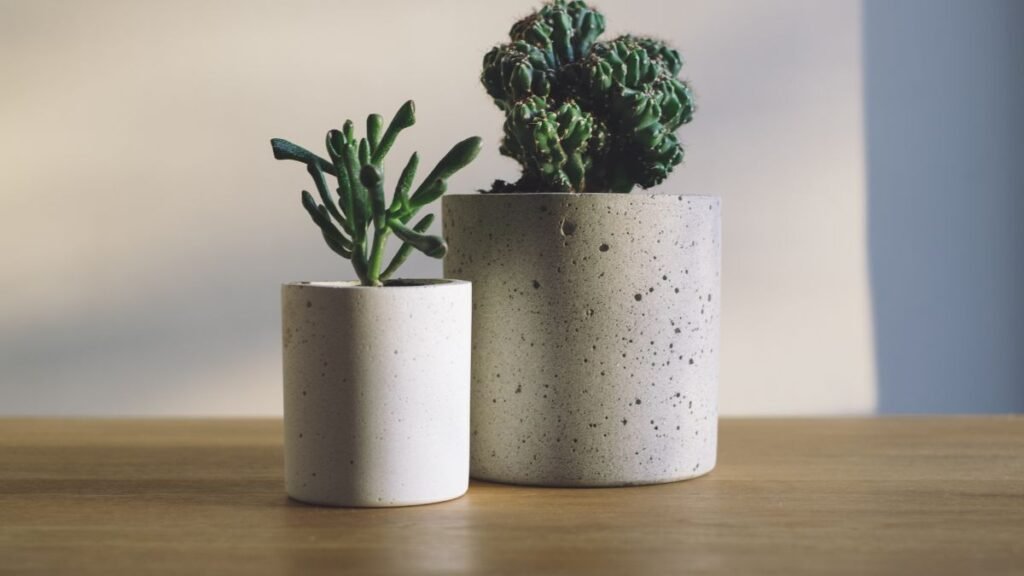
Playing with texture can add depth and intrigue to your container garden. Spiky dracaena, with its upright, sword-like leaves, contrasts beautifully with the soft, velvety foliage of lamb’s ear. Ornamental grasses, like blue fescue, add movement and complement the bold shapes of succulents.
A study by the University of Vermont emphasizes the importance of texture in garden design, noting its ability to create visual interest and balance. These plants thrive in well-drained soil and require varying levels of sunlight, so grouping them based on their needs is key.
Combining plants with contrasting textures, such as pairing ferns with heuchera or mixing succulents with trailing ivy, creates a dynamic, layered look. Textural combinations are a simple yet effective way to make your garden stand out.

